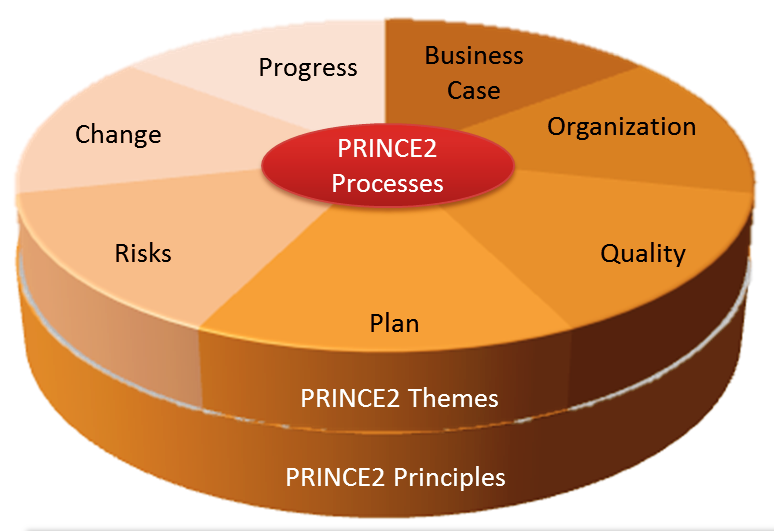Managing PRINCE2 Foundation Project Management
March 25, 2021
Our work as managers is defined by the projects we handle. The same is true for the team members. This is the way that we manage them. A conflict may arise from looking after too many projects. The “project management” offered by the Project Management Institute, can be represented by the Project Management Office (PMO) described in the PMP Guide. We do not need to decide the best way to handle any project. Rather, we learn how to handle the projects we manage in core, given knowledge of the other projects in our area of control. As you can find on a PRINCE 2 Foundation Courses and training.
The PMBOK describes management of projects and work as directing, initiating, and monitoring. Those issues are aspects of “project management.” There are other aspects, but those are the two which the PMBOK describes. These are also core for what we need to learn to manage our projects successfully.
For example, we could manage a project by directing, initiating, and monitoring (or directing, initiating, and monitoring).
An greatest impact of project management is on the process of project planning and control and on the team members’ problem-solving skills. This is critical for the success of a project.
It goes well beyond the four project management concepts of initiating, directing, initiating and monitoring. We achieve the right behaviors needed for the right tasks, to ensure successful projects. In essence, project management skill is best accomplished by managing the realm of core, given knowledge of the projects we are in control of.
This language is essential to clearly identify what we need to manage and what we do not need to influence. The PMBOK uses the terms “others” and ” props” interchangeably in defining project management. However, the key qualification of those concepts are three things:
* If we are directing a program, taking on activities we have no responsibility for, it has to have impact on other work
* If it does impact others, the impact has to be significant and meet a business need
* An element within these conceptual definitions is pasting in (providing a function by it) and this is important to project managers, but is not the same as the person doing the work if their input is unclear and ambiguous.
Now that an understanding is clarified on what we do, how we plan, and which deliverables we are fundamentally delivering, we can create a ” kaizen zero Philosophy.” This constitutes auralbaitinghandbook for the project management process within your team. The file may be an all-in-one “quick reference guide” for use on all projects that will provide the core management and follow-up activities on all projects with any or all of the required business impact.
Some might say this “kaizen” tool is too thick for our purposes, but it does zero harm. Many use the mind-numbing process of thinking really hard about your business needs. For example, you might have come to the conclusion that a more important concern than anything else is benefits achieved from improved efficiency, cutting costs, and improving your popularity with employees, customers, shareholders, and your industry peers. In which case, an ideal method to make a demonstrated difference is in ensuring that you do not have projects that you do not need to act on.
We also have a quality information-gathering habit which includes defining the goals of the project, defining the scope of the project, and developing a complete business plan. This critical business work should beDo one,Do Two,Do It Now.